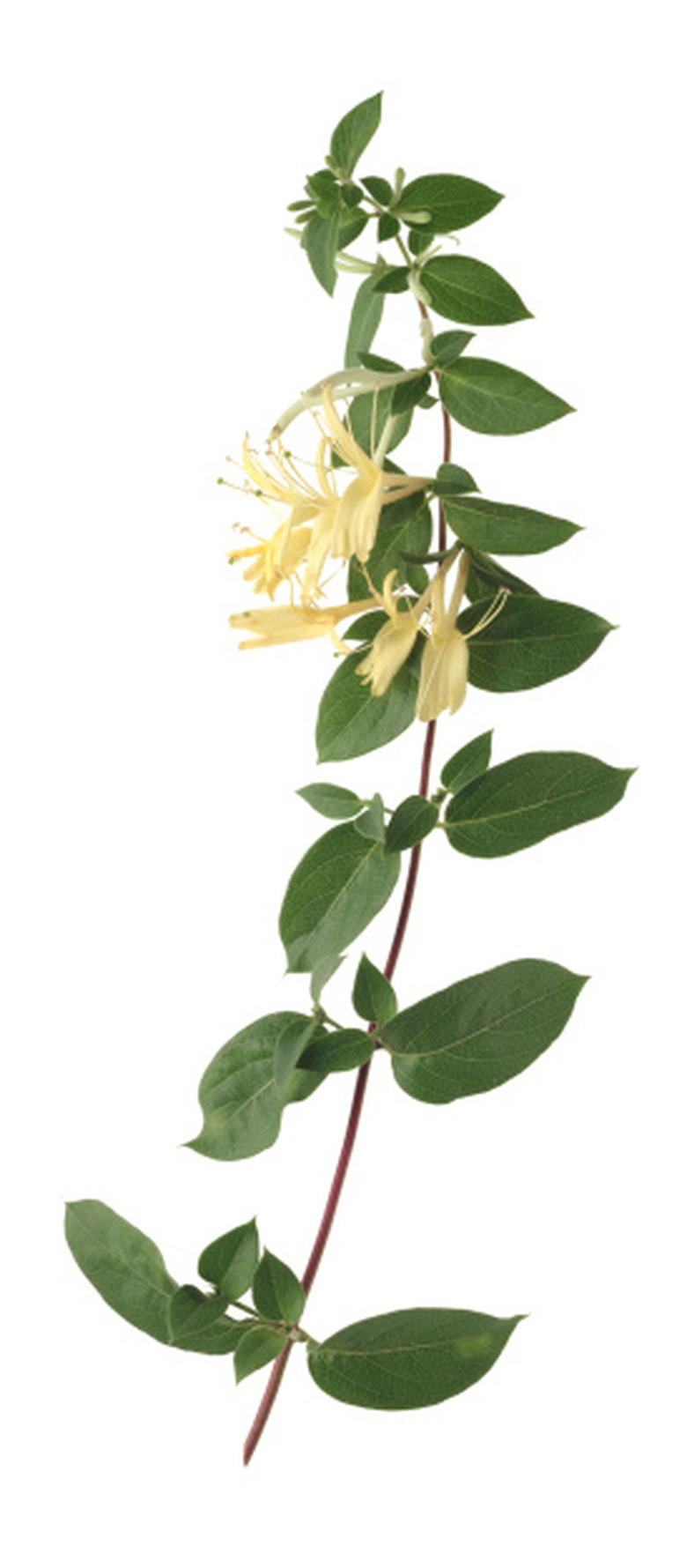Shrubs With Purple Berries
Step 1
Mint (Lamiaceae) family beautyberry shrubs (Callicarpa spp.) pair ornamental fall berries with modest spring or summer flower clusters. Chinese native Callicarpa cathayana, cold-tolerant to U.S. Department of Agriculture zone 5 and minus 20 degrees Fahrenheit, stands 4 to 8 feet tall. Its pinkish-purple summer flowers open at the bases of elliptical green leaves. The berries following them ripen to rich purple in October. They attract birds before fading to brown. American beautyberry's (Callicarpa Americana) fruit arrives in September. The brilliant, purple-magenta berries retain their color and feed birds well into winter. Growing 3 to 5 feet tall, these shrubs flower and fruit best in full sun. They relish averagely moist, well-drained soils.
Step 2
Step 3
- Mint (Lamiaceae) family beautyberry shrubs (Callicarpa spp.)
- The brilliant, purple-magenta berries retain their color and feed birds well into winter.
Currant Family Shrubs
Step 1
Trailing black currant (Ribes laxiflorum) typically has a 3-foot-high, spreading habit. Its rust-brown branches produce oval green leaves and upright summer clusters of modest pinkish-white to purple-red flowers. American black currant (Ribes americanum), a spherical 3- to 6-foot shrub, has green, lobed leaves. Its delicate, nodding stems have white, urnlike spring blooms. Birds feast on each shrub's purple autumn berries. These plants like moist locations in full sun to full shade. Gardeners with white pines in their landscapes should avoid American black currant, a carrier of a disease fatal to those trees.
Step 2
- Trailing black currant (Ribes laxiflorum) typically has a 3-foot-high, spreading habit.
- American black currant (Ribes americanum), a spherical 3- to 6-foot shrub, has green, lobed leaves.
Honeysuckle Family Shrubs
Step 1
Honeysuckle (Caprifoliaceae) shrubs produce berries of several colors. Coralberry (Symphocarpos orbiculaltus), a 4- to 6-foot, deciduous plant, has white flower clusters in spring and coral-red to purple berries that persist into winter. The "Amethyst" coralberry cultivar (Symphoricarpos x doorenbosii 'Kordes' Amethyst) reaches 3 to 5 feet high and wide, with white summer flowers and 1/2-inch, pinkish-purple berries. Himalayan honeysuckle (Leycesteria formosa) reaches a height of 4 to 6 feet, with an equal spread. In late summer and early fall, tubular blooms enclosed in maroon bracts line its arching, blue-green-leaved branches. Hummingbirds come for their nectar. Other birds and mammals visit the purple berries that follow. These shrubs flourish in sun to partial shade and well-drained, averagely moist soils.
Step 2
- Honeysuckle (Caprifoliaceae) shrubs produce berries of several colors.
- The "Amethyst" coralberry cultivar (Symphoricarpos x doorenbosii 'Kordes' Amethyst) reaches 3 to 5 feet high and wide, with white summer flowers and 1/2-inch, pinkish-purple berries.
Rose Family Shrubs
Step 1
Indian plum (Oemleria cerasiformis), a rose (Rosaceae) family shrub native to the Pacific Northwest's forest understory, has a large, loose form. Reaching from 15 to 20 feet in height, it bears cascading, fragrant white-and-green spring flowers. They open in clusters along its slender branches before its leaves emerge in spring. Birds and other wildlife prize the shrub's olivelike, purple fall berries. Running serviceberry (Amelanchier stolonifera), at 4 to 5 feet high and wide, also produces fragrant, white flower clusters ahead of its foliage. The oval-to-circular, green leaves progress yellow, orange and red in autumn. They make an attractive backdrop for blueberry-sized, purple-black fruit. The bird-enticing berries also make tasty pie ingredients. This thicket-forming shrub likes a sunny to partly shady site with averagely fertile, well-drained soil.
Step 2
Step 3
- Indian plum (Oemleria cerasiformis), a rose (Rosaceae) family shrub native to the Pacific Northwest's forest understory, has a large, loose form.
- Reaching from 15 to 20 feet in height, it bears cascading, fragrant white-and-green spring flowers.
References
- Missouri Botanical Garden: Callicarpa Cathayana
- Lady Bird Johnson Wildflower Center: Callicarpa Americana
- Lady Bird Johnson Wildflower Center: Ribes Laxiflorum
- Lady Bird Johnson Wildflower Center: Ribes Americanum
- Missouri Botanical Garden: Symphocarpus Orbiculatus
- Missouri Botanical Garden: Symphoricarpos x doorenbosii 'Kordes' Amethyst
